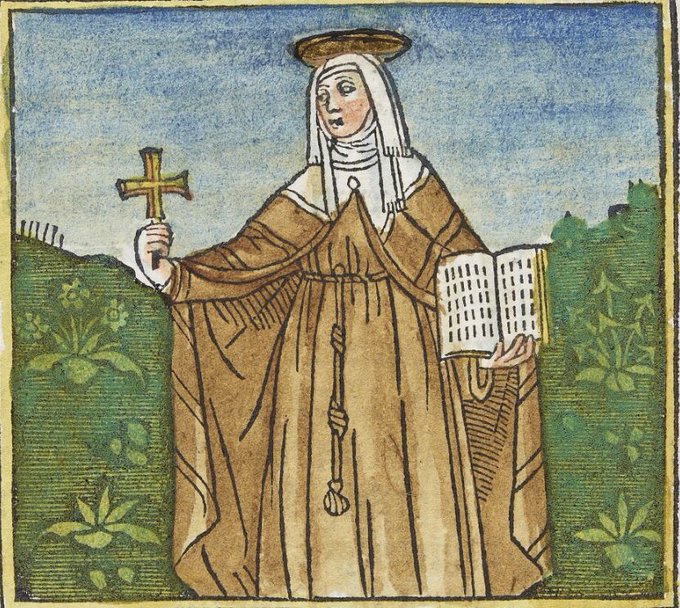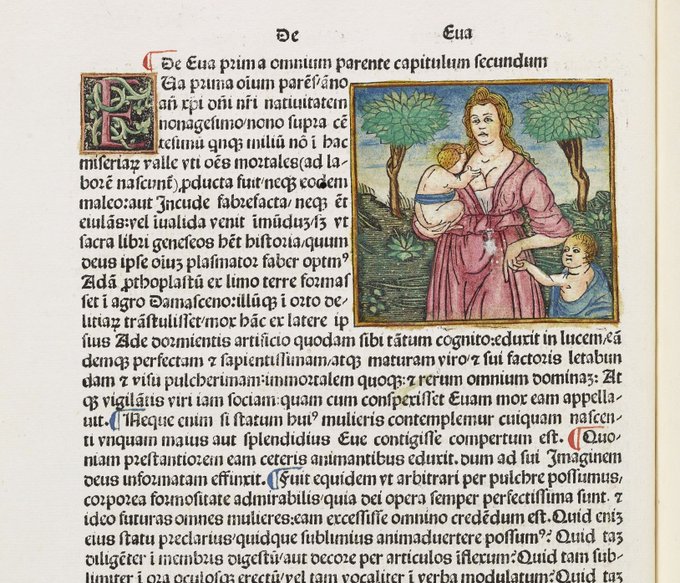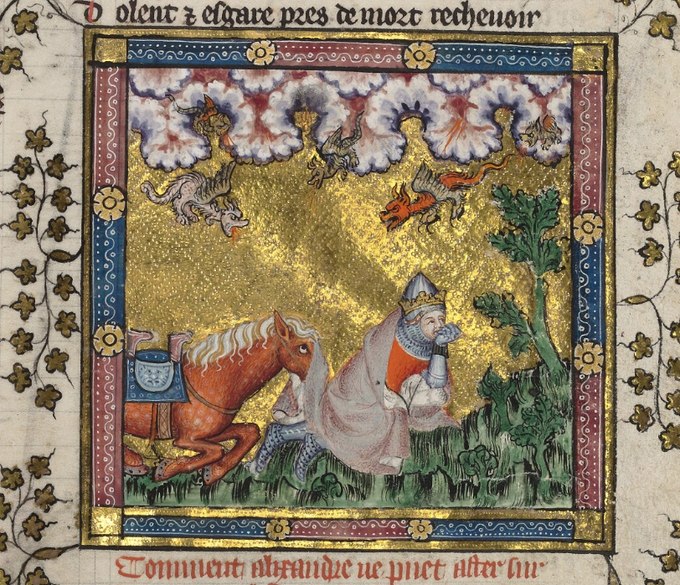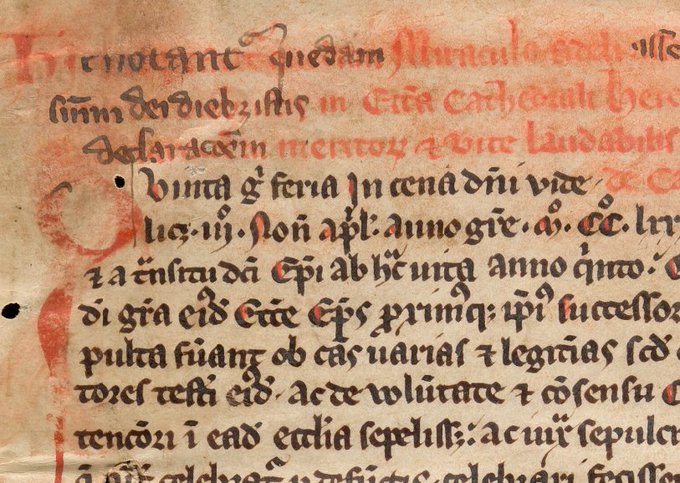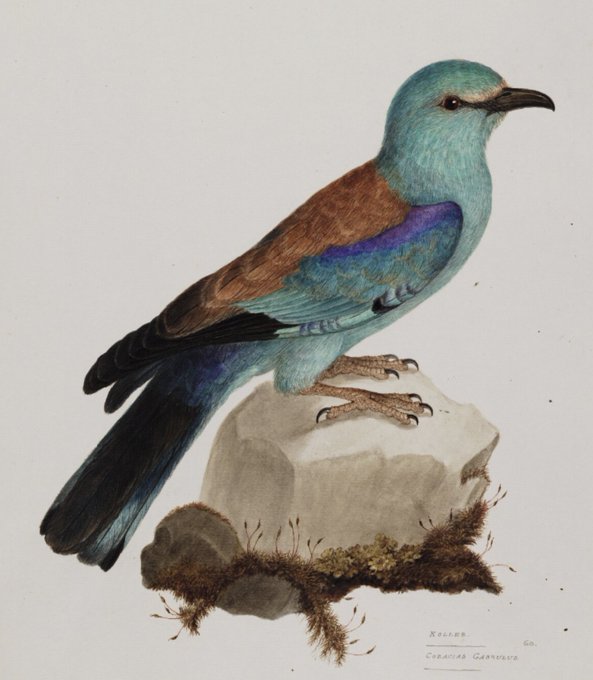Red, blue and gold penwork decorates this 15th century copy of Jacob ben Asher's Arbaʿah Ṭurim, created in Italy: https://t.co/puCC7qM4Ki #HebrewMSS
Foresti's version didn't include a few of the Boccaccio's lives, but added many more. Many of these were Saints... https://t.co/UXIwfm1Hog
Boccaccio's original work featured around 100 lives, mainly from classical myth and history (though he started with Eve). He wrote about goddesses and mythological figures like like Circe, Medea, Arachne, Thisbe, and Penthesilea. https://t.co/UXIwfm1Hog
MS. Bodl. 264 contains lots of horses, but if you didn't already know that then we haven't been doing our job properly. There are intimate moments as well as battle scenes; here is Bucephalus hiding under Alexander's cloak during a storm. https://t.co/RrzqlYZUmA
Not happy with cross-sections? Smith also mapped the same geological areas from overhead, colour-coded by stratum: https://t.co/UdUt4T0apv
This map held at @morethanadodo, produced by civil engineer William Smith in 1817, shows the altitude and geological makeup of a cross-setion of British land, from Mt Snowdon to London. Oxford is built on "clunch clay & shale", we've learned. https://t.co/7rWAzR4fVS
@Exeoxlibrary The manuscript itself dates from the 14th century, and for the palaeographers among us, it features a wide array of gothic hands. https://t.co/FCWrpmJ0zE
Chronos in a chariot drawn by a dragon, from MS. Auct. F. 4. 16, a 16th century astronomical text. Digitized 35mm slide. https://t.co/pwuFMGTMHh
In the late 18th century, Ferdinand Bauer painted this European roller, 'Coracias garrulus', for a never-published companion volume to John Sibthorp's 'Flora Graeca'. https://t.co/ppdXrpAmqc
It also includes a copy of Franco of Cologne's Ars cantus mensurabilis. Franco developed a precursor to modern musical notation: https://t.co/FdcVWC3Sll #MedievalMusic






